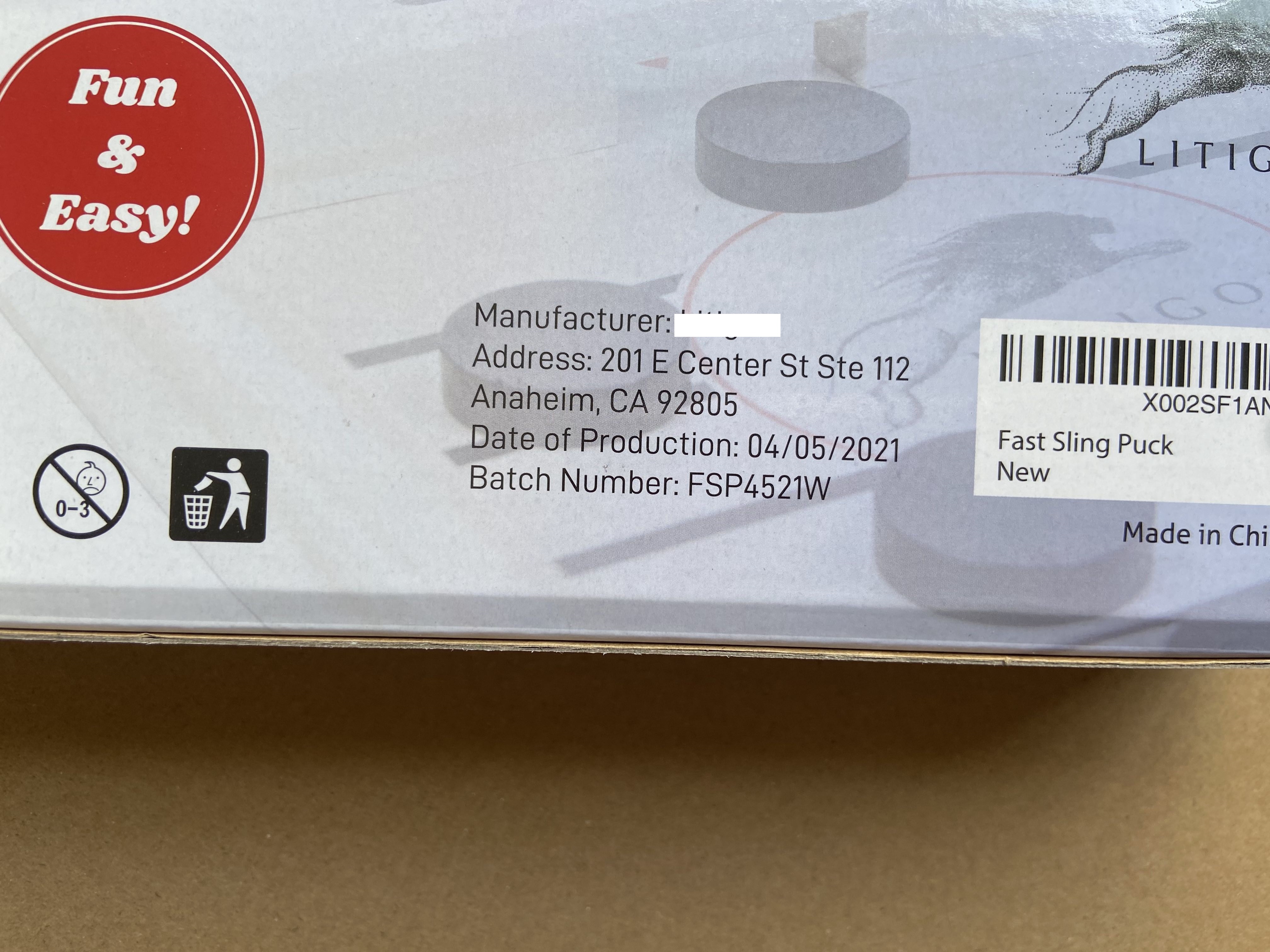
Initial Production Check
Case Study - An Enduring Date Mistake found from Quality control
Inspection Service in China
In this case, during a product inspection, the inspector identified a glaring issue while cross-referencing the information on the product's packaging. The production date printed on the box read May 4, 2021, while the inspection was taking place in September 2023. factory's response to this error was surprising; they acknowledged that they hadn't noticed the discrepancy, and the customer hadn't requested any modifications. Even though the production date matched the provided data, the inspector believed this was illogical.
A further examination of past inspection records revealed that this issue had persisted. The product had undergone three inspections in 2021, and each time, the production date was erroneously marked as May 4, 2021. This consistent, uncorrected mistake raised our concerns. In cases like this, we assert that the production date is undoubtedly erroneous.
As of 2023, consumers are generally mindful of a product's freshness, particularly concerning perishable items like food. However, even for non-perishable items like wooden products, it is essential to stay up-to-date, ensuring that printed production dates accurately reflect the current year. This helps maintain a product's market image and fosters trust among consumers.
This case underscores the importance of the accuracy of product information and the sensitivity of timing. Despite appearing minor, an error in the production date can harm a product's market competitiveness and consumer trust. To meet market demands and safeguard a product's market reputation, companies must ensure information accuracy and timely updates, especially when timing significantly impacts product quality and market image.
- Case Study - A Tightening Resolution
- Improving Product Quality With HKQ.C. Center Audits
- Get the Most from Our Garment and Toy Audits and Inspections
- Cost-effectiveness of Third-party Inspection Services
- Quality Control Audit
- Factory Inspection
- Case Study - Attention to Detail - Snap Button Issue in Skiwear Accessories
- supply chain audit post

